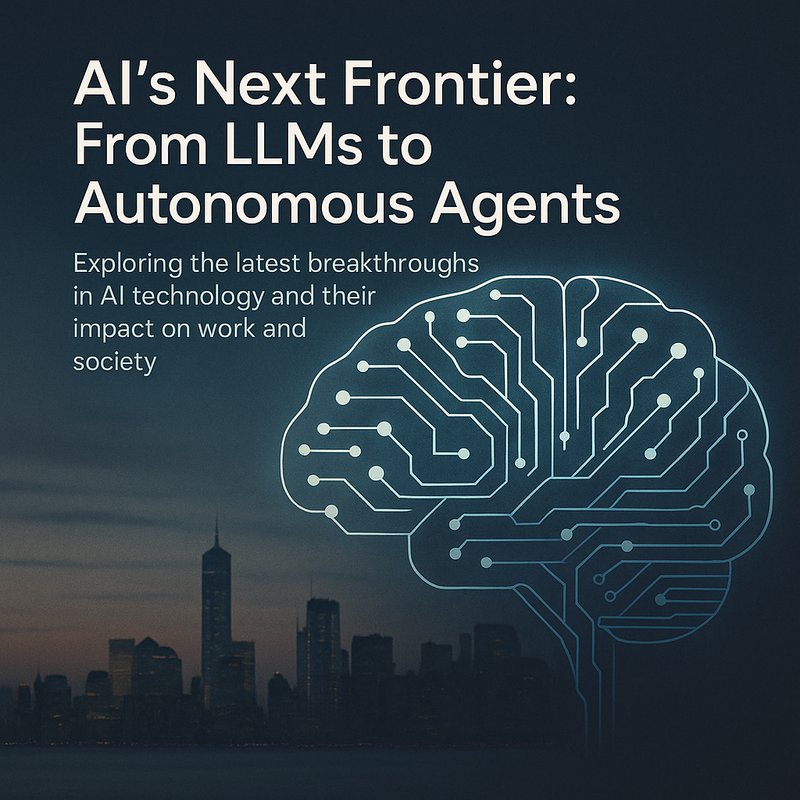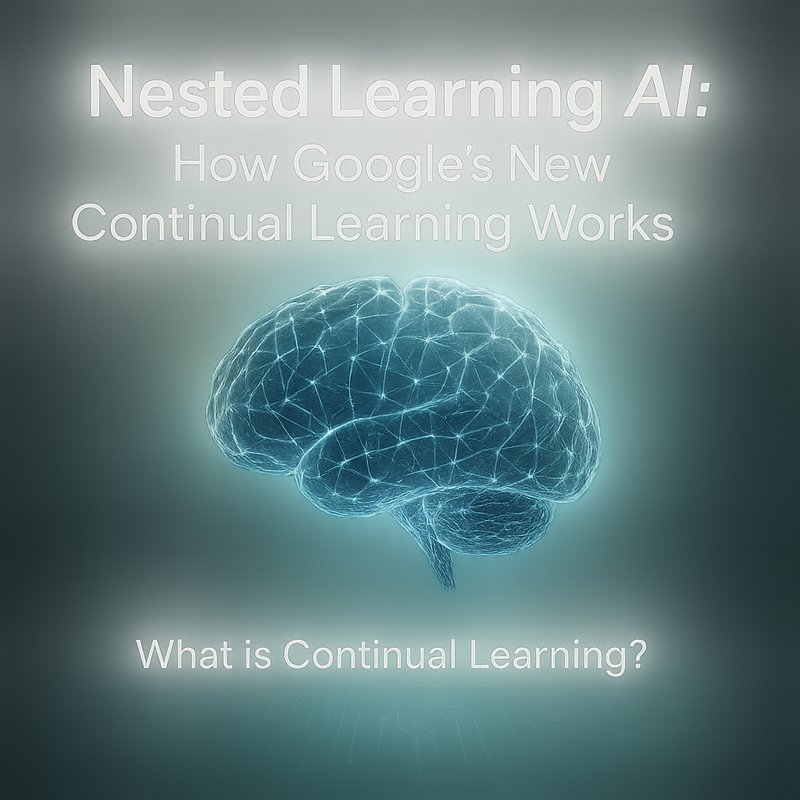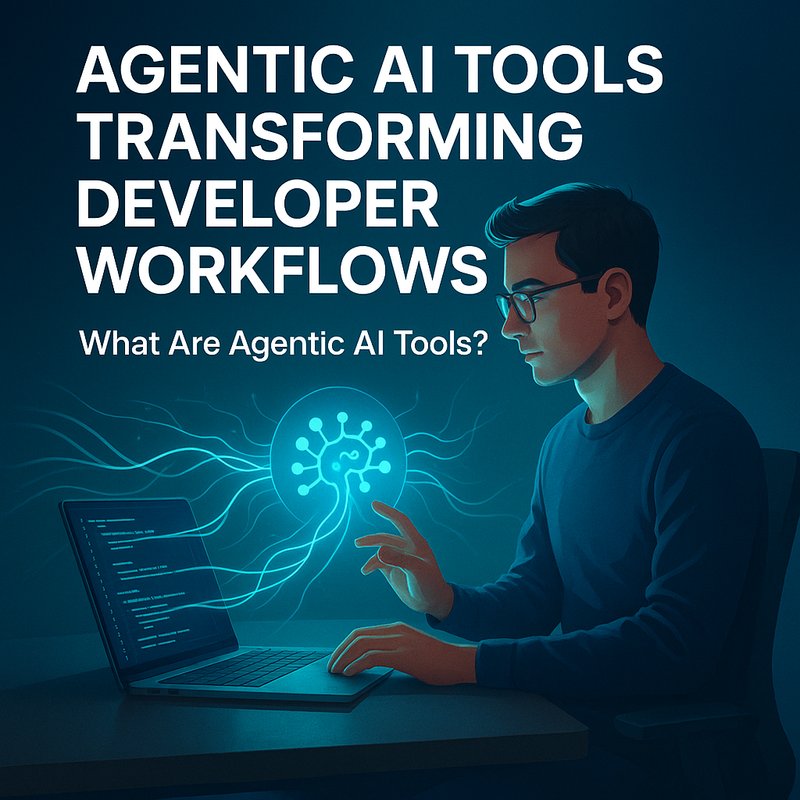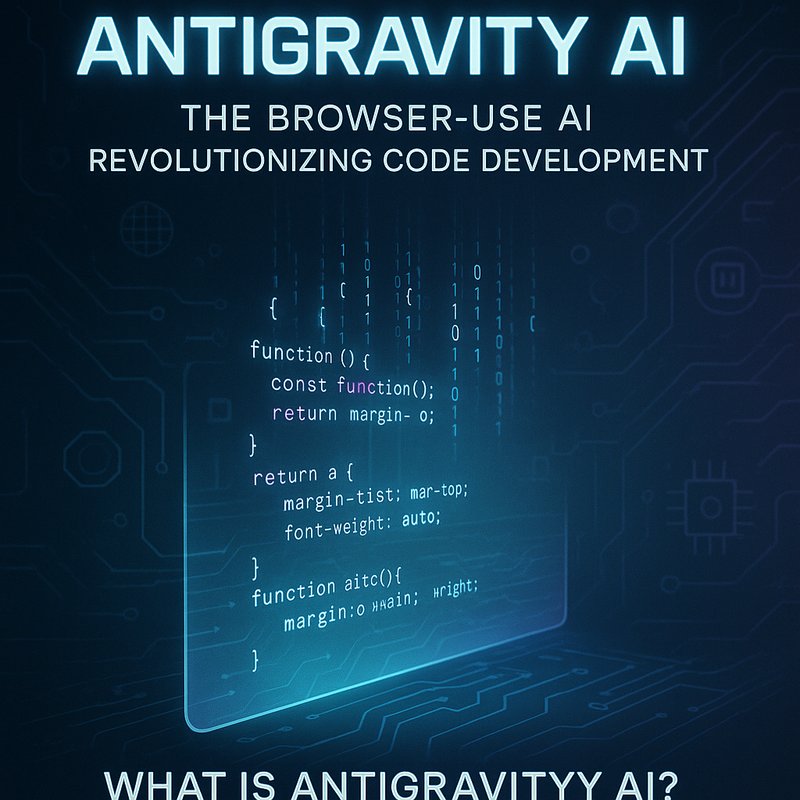Manual tasks live rent-free in our calendars. Spreadsheets run wild. Email queues overflow. Teams spend hours on copy-paste, approvals, and chasing updates. Sound familiar? The reality is that manual workflows slow teams down, introduce errors, and drain energy. But automation doesn’t have to mean heavy IT projects or months of planning. With intelligent agents, you can stitch together apps, automate repeatable tasks, and free your people to focus on real work.
In this guide, we’ll explore how to build, deploy, and improve automated workflows using modern AI-powered agents. You’ll learn:
- Why workflow automation matters
- How intelligent agents bridge apps and data
- Key areas ripe for automation
- A simple four-step pipeline design
- Real-world examples and best practices
Ready to move beyond spreadsheets? Let’s dive in.
Why Workflow Automation Matters
Think of workflows as the glue between tasks, teams, and tools. When that glue gets sticky, everything slows down.
Common headaches include:
- Manual data entry into multiple systems
- Slow email responses to customers or partners
- Delayed approvals because someone is out of office
- Lost files or misnamed documents
- Lack of visibility into process bottlenecks
The bottom line? Teams waste up to 30% of their time on routine tasks. That adds up to lost productivity, missed deadlines, and unhappy customers. Automating workflows:
- Cuts errors by removing copy-paste steps
- Speeds up processes with instant handoffs
- Improves traceability and audit trails
- Lets your team focus on creativity and strategy
These days, no-code integration platforms (Zapier, Make) help connect apps. But when you add AI-powered agents, you get smarter routing, context-aware actions, and natural language triggers. You don’t just move data—you add reasoning.
The Rise of Intelligent Agents
Forget bots that only follow simple rules. Modern agents can read, interpret, and act across multiple systems. They combine Retrieval-Augmented Generation (RAG) with decision logic, then take action. In other words, they think and do.
What Are RDA Agents?
RDA stands for Reasoning, Decision, Action. These agents:
- Pull in context from emails, documents, or databases
- Analyze or summarize the content (reasoning)
- Decide on the next step (email reply, ticket creation)
- Execute the action across apps
For example, an Email Sales Auto-Replier Agent reads an incoming lead email, extracts contact info, drafts a friendly response, and logs the lead in Salesforce automatically.
Neura AI’s RDA Agents live in a unified router (https://router.meetneura.ai). You tell the router your intent, it picks the right agent, and delivers the result in seconds. No manual handoffs.
Key Areas to Automate
Every team has its own quirks, but certain workflows tend to repeat across businesses. Let’s look at four common areas.
1. Email and Chat Responses
Nobody enjoys writing the same email template 50 times a day. Agents can:
- Scan inbound messages for keywords (pricing request, support issue)
- Draft personalized replies using your brand tone
- Route tickets to Slack channels or ticketing systems
Tools like Neura ESA (Email Sales Auto-Replier) connect to your SMTP server. Autorespond, follow up, escalate. Meanwhile, your team stays in the loop via Slack or Microsoft Teams.
2. Document Processing and Analysis
Invoices, contracts, resumes—documents pile up. Agents with computer vision and NLP can:
- Extract key fields (names, dates, amounts) from PDFs
- Validate forms against templates
- Classify files and store them in the right folder
Neura’s Document Analysis Agent plugs into storage like Google Drive or SharePoint. It tags and routes documents based on content. No more manual checking or misfiling.
3. Scheduling and Transcription
Coordinating calendars is painful. Agents can:
- Read meeting requests in email
- Check availability across Google Calendar and Outlook
- Propose times, book meetings automatically
Once the meeting’s done, a transcription agent (Neura TSB: https://tsb.meetneura.ai) converts audio to text and highlights action items. Your notes are ready without lifting a finger.
4. Image Tasks and Visual Checks
Whether you need to scan receipts, inspect product photos, or generate marketing visuals, AI agents help:
- Computer vision models flag missing parts on a product image
- Image generation agents create banners in brand colors
- Optical character recognition (OCR) pulls text from pictures
Neura Artifacto (https://artifacto.meetneura.ai) handles multipurpose chat tasks—translate text, generate images, analyze visuals—all in one place.
Designing an Automated Pipeline
Building your first automated workflow is easier than you think. Follow this four-step approach:
1. Identify the Bottleneck
Ask yourself:
- Which tasks cause the most delay?
- Where do errors happen most often?
- Which steps are purely repetitive?

Maybe invoices get stuck waiting for manual approval. Or leads aren’t followed up fast enough.
2. Map the Steps
Draw a simple flowchart:
- Trigger event (new email, file upload)
- Data extraction (parse email, scan document)
- Decision point (is it urgent? categorize by type)
- Action (reply, notify, store in CRM)
Keep it high level. You can refine later.
3. Assign an Agent
For each step, ask:
- Does an existing agent handle this? (Email auto-reply, doc analysis)
- Do we need a custom LLM prompt?
- Which system(s) do we integrate?
Use Neura Router to call the right agent by intent. For custom needs, embed your own prompts in Neura ACE.
4. Monitor and Refine
Automation is not “set and forget.” Add logging:
- Track success/failure for each action
- Send weekly reports on volume and time saved
- Collect user feedback for edge cases
Then tweak prompts, add conditions, or swap agents as needed.
Real-world Example: Customer Support Automation
Take Serrurier Cannes, a locksmith service in France. They used to juggle phone calls, email requests, and WhatsApp messages. Leads slipped through the cracks.
Here’s what they did:
- Deployed a WhatsApp Agent (Neura WAoracle) to answer FAQs automatically
- Integrated email auto-replies with booking links
- Connected all requests into a shared spreadsheet via Neura Router
Within two weeks, response time dropped from hours to under 10 minutes. Technicians arrived faster, and customer satisfaction climbed by 25%.
That case study lives here: https://blog.meetneura.ai/case-study-serrurier-cannes-ai-agent/
Best Practices and Pitfalls
Automation can backfire if you’re not careful. Keep these tips in mind.
Start Small
Pick one workflow that’s painful and measurable. Show quick wins. Avoid “big bang” rollouts.
Keep Humans in the Loop
Agents should assist, not replace. Add approval steps where mistakes cost too much. Let people override decisions easily.
Measure Impact
Define metrics upfront: hours saved, error rate, customer satisfaction. Track before and after to justify expansion.
Watch for Edge Cases
AI agents aren’t perfect. Monitor failures and train them on new scenarios. Regularly update prompts and models.
Document Your Flows
Treat your automated pipelines like software. Version control your agent configs or prompts. Document how and why each integration exists.
Tools to Get Started
You have choices—here are some starting points:
- No-code platforms: Zapier, Make
- Integration platforms: MuleSoft, Workato
- AI services: OpenAI (https://openai.com), Anthropic (https://www.anthropic.com), Amazon Lex
- Agents & Routers: Neura Router (https://router.meetneura.ai), Neura ACE (https://ace.meetneura.ai)
- Transcription: Neura TSB (https://tsb.meetneura.ai)
- Document AI: Google Cloud Document AI (https://cloud.google.com/document-ai), Neura Artifacto
Mix and match. The key is to connect triggers and actions in a way that fits your team’s habit.
The Future of Automated Workflows
We’re only scratching the surface. Next up:
Multimodal Agents
Agents that read text, audio, and images in one flow. Imagine a field technician snapping a photo, the agent identifying a faulty part, then ordering a replacement automatically.
Cross-Platform Orchestration
Workflows that span cloud apps, on-prem systems, and custom code. Unified monitoring and governance become vital.
Hyper-Personalization
Agents that adapt messages and processes based on a user’s profile, recent behavior, or sentiment. Customer journeys get smoother, and teams save even more time.
Conclusion
Manual workflows trap your team in busywork. With intelligent agents, you build pipelines that reason, decide, and act—across email, docs, images, and calendars. Start small: pick one process, map the steps, assign agents, then monitor. Measure the wins, refine, and expand. Before you know it, your business runs smoother, errors drop, and your people get their time back.
Ready to move beyond spreadsheets? Design your first automated workflow today and join the dozens of teams already boosting productivity with intelligent agents.









